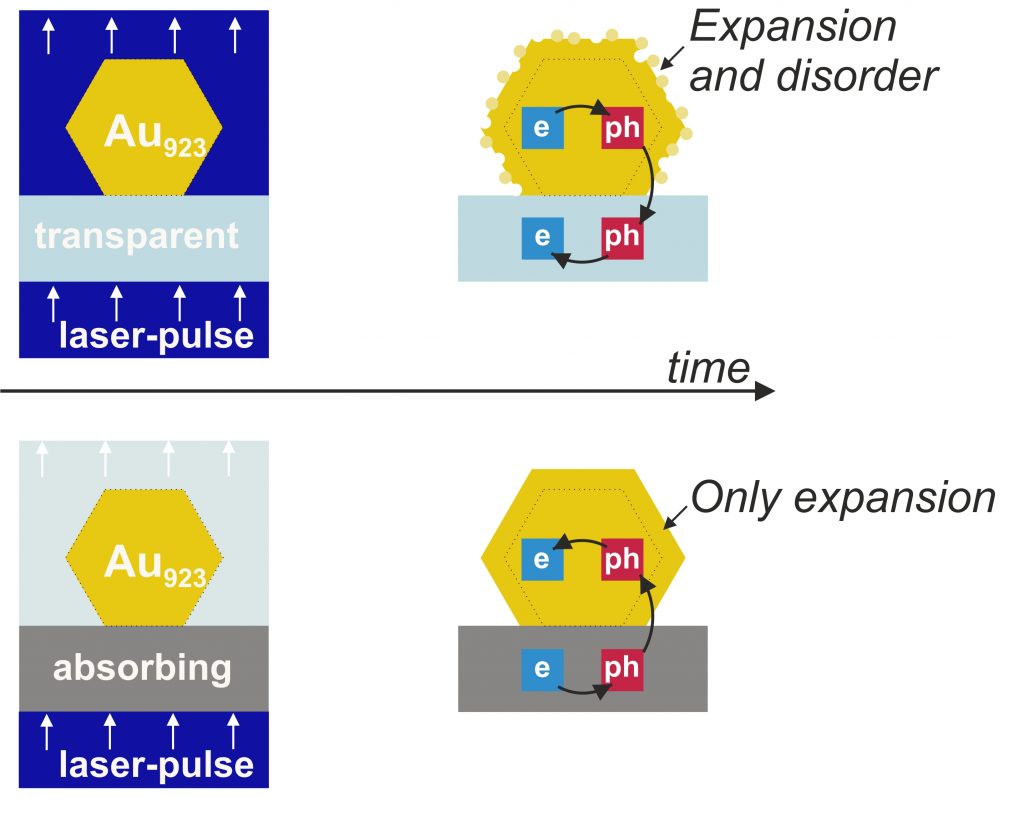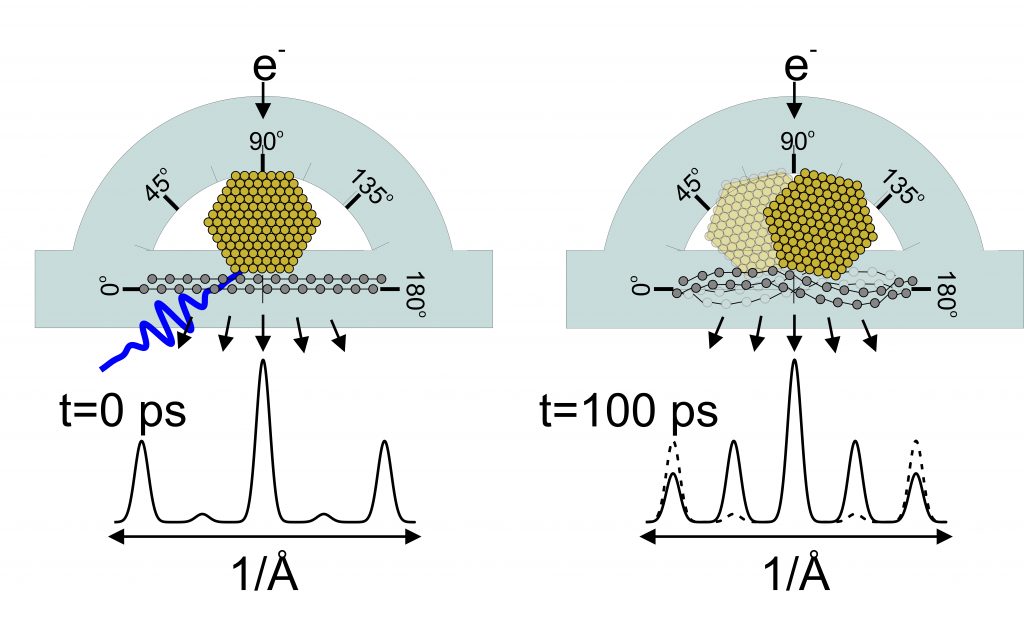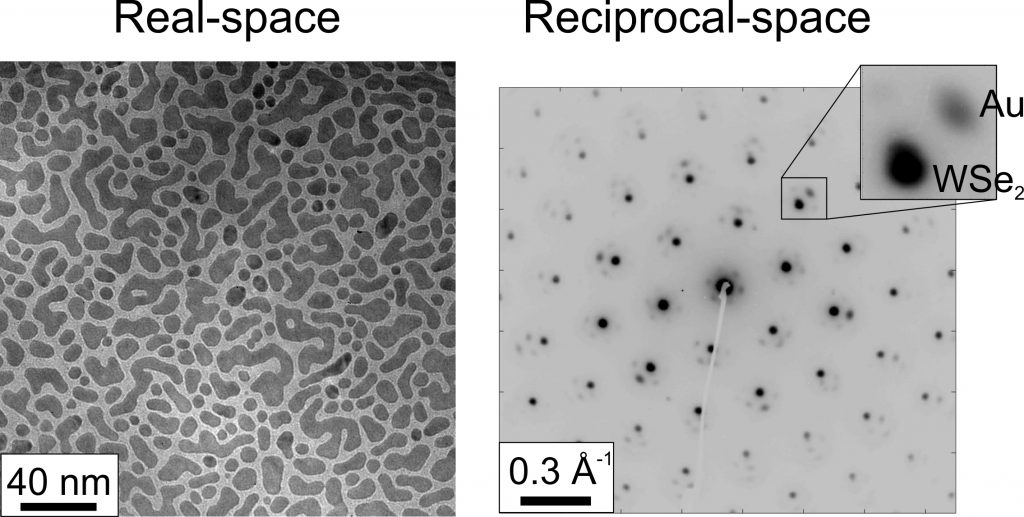
Nanotechnologies utilize physical and chemical properties which arise by shrinking a material in size to the nanometer length scale. The structural stability of nanoscale building blocks is a central aspect in nanoscience as it governs the long-term stability of a device. Function, however, is only achieved once a device is energized, meaning in nonequilibrium conditions. Nanotechnologies require materials which are structurally stable under operation conditions and for this reason it is valuable to examine the nonequilibrium structure of nanomaterials.
On the atomic level, the structure is prone to ultrafast motions that range from atomic vibrations and diffusion to translations and rotations of entire nanostructures. These motions, for instance, govern the sintering of nanoparticles to larger complexes which occurs at elevated temperatures. In two recent publications we have studied ultrafast atomic motions and ultrafast nanocluster motions in nonequilibrium conditions using Femtosecond Electron Diffraction.
Ultrafast Energy Flow and Structural Changes in Nanoscale heterostructures
We have studied the ultrafast structural dynamics, in response to electronic excitations, in heterostructures composed of size-selected Au nanoclusters on thin-film substrates with the use of femtosecond electron diffraction. Various forms of atomic motion, such as thermal vibrations, thermal expansion, and lattice disordering, manifested as distinct and quantifiable reciprocal-space observables. In photoexcited supported nanoclusters, thermal equilibration proceeds through intrinsic heat flow between their electrons and their lattice and extrinsic heat flow between the nanoclusters and their substrate. The excess vibrational excitation during nonequilibrium leads to lattice expansion due to anharmonicity and surface disordering or premelting. This analysis indicated that hot electrons can distort the lattice of nanoclusters, even if the lattice temperature is below the equilibrium threshold for surface premelting.

The experiments and simulations of this work have been published here.
Ultrafast rotational motions of nanoclusters on crystalline surfaces
To study the motion of entire nanoparticles, we establish femtosecond electron diffraction as goniometer of ultrafast nanocrystal rotations. We have investigated nanoclusters containing 923 gold atoms, which have been deposited on a graphene sheet, with ultrashort pulses of electrons. We observe motions of the atoms in the cluster as well as constrained rotations, so-called librations, of the entire nanoclusters. This motion is induced by suddenly energizing the material, which is realized by illumination with an ultrashort laser pulse. These experiments are compared to molecular dynamics and electron diffraction simulations. Through the combination of the different approaches, the mechanism for the conversion of laser energy to rotational motions could be revealed. This study adds a new aspect to the understanding of nanoscopic heterostructures in out-of-equilibrium conditions and to the mechanisms of heat- and mass-transport in nanoscale materials.

Read more about our Femtosecond Electron Diffraction experiments, the Molecular Dynamics and Electron Diffraction simulations here.
Ultrafast Energy Flow in quasi-2D metals on ultrathin semiconductors
We currently examine ultrafast energy flow in nanoscale heterostructures of 2D metals on 2D semiconductors. More precisely, we synthesize nano-islands of Au on the graphene-like semiconductor WSe2 and characterize them with optical spectroscopy and electron microscopy. Finally, we study the ultrafast lattice dynamics of this heterostructure with Femtosecond Electron Diffraction.
